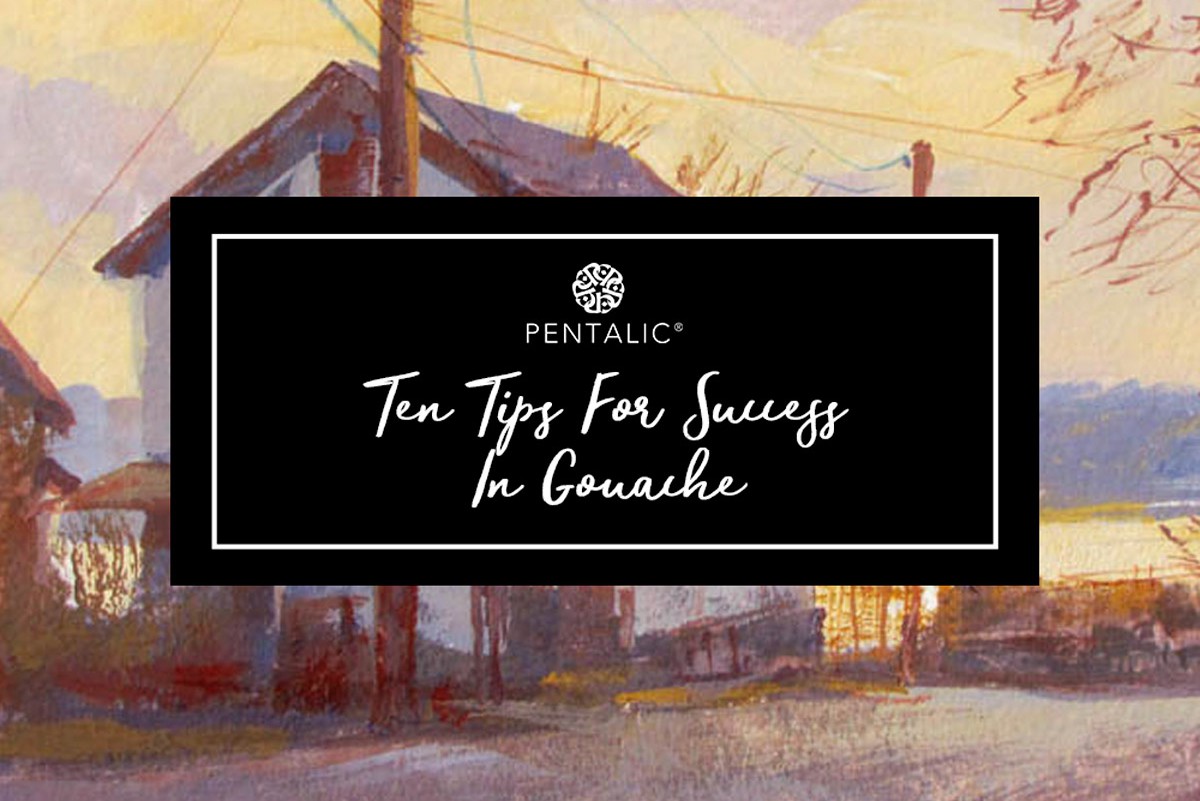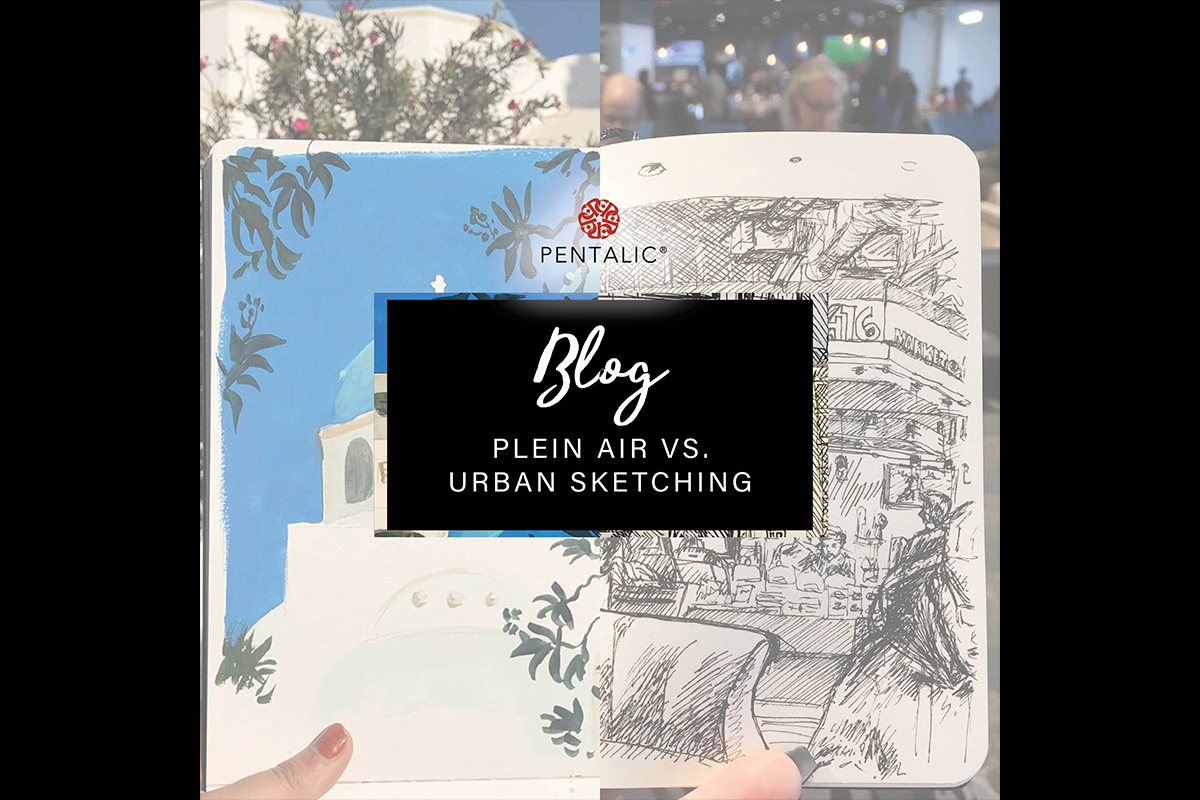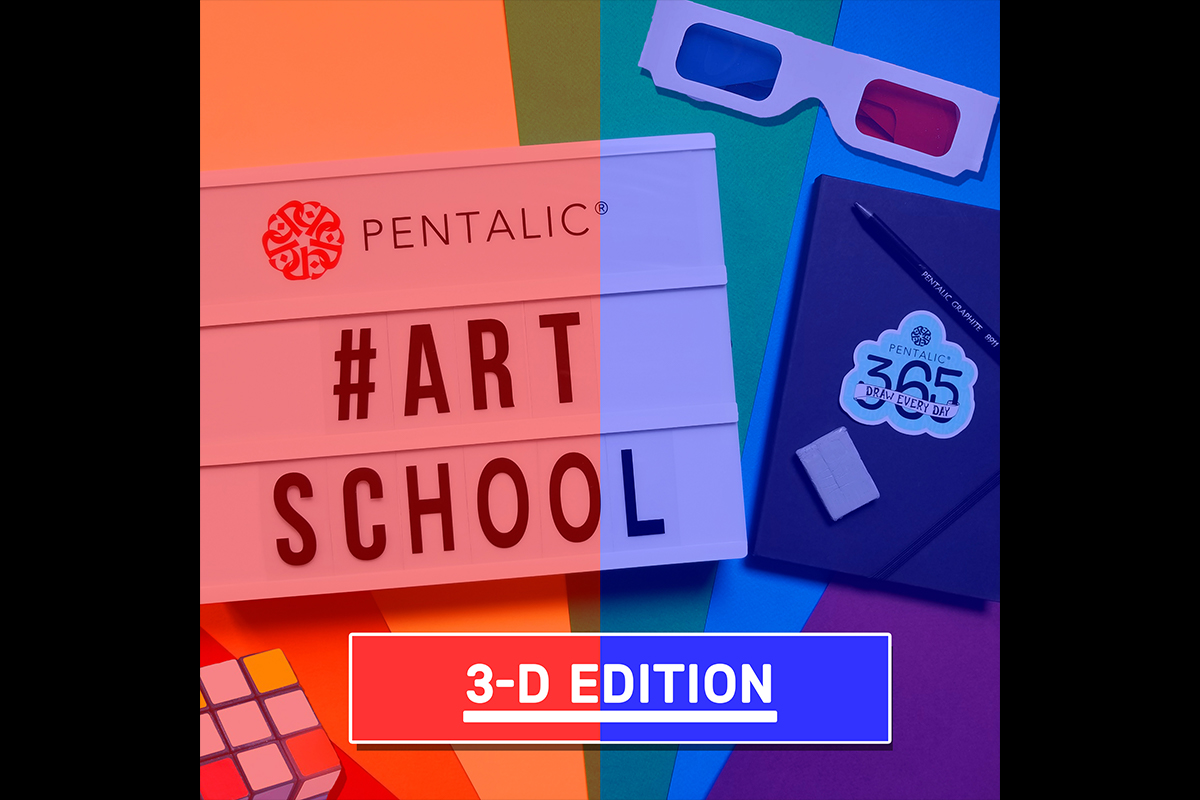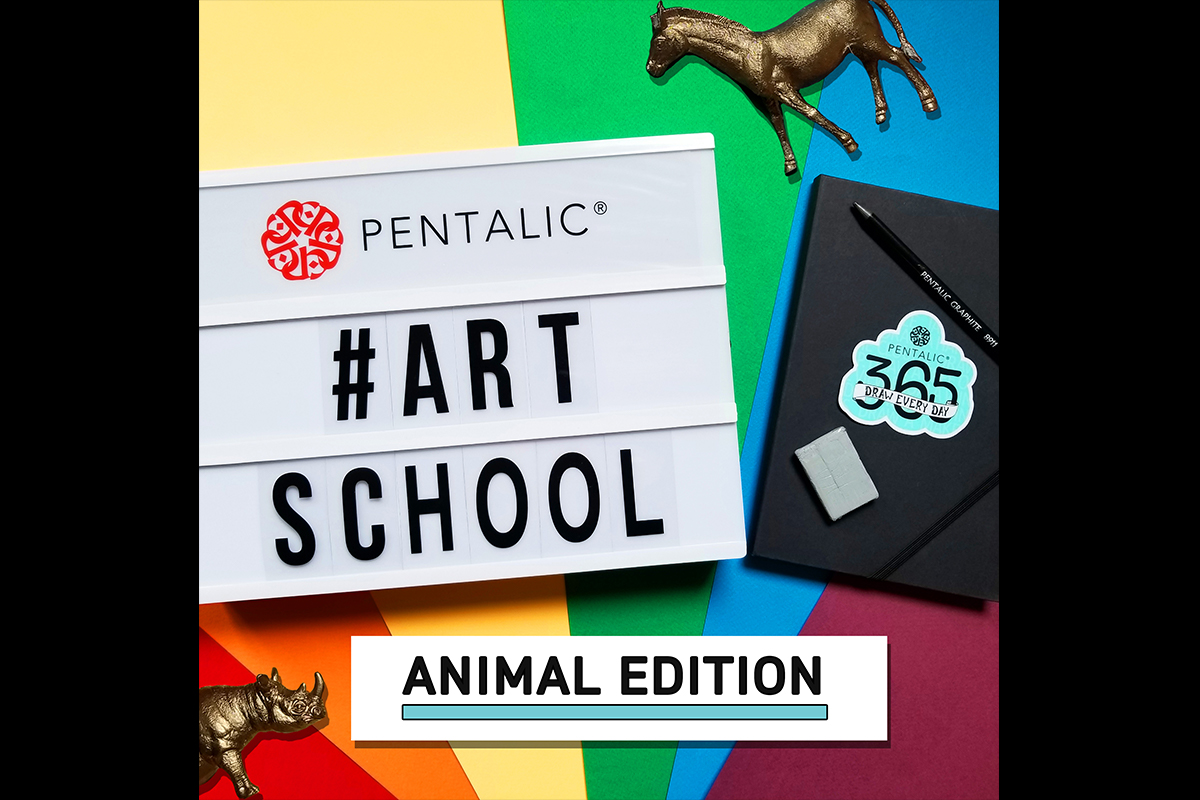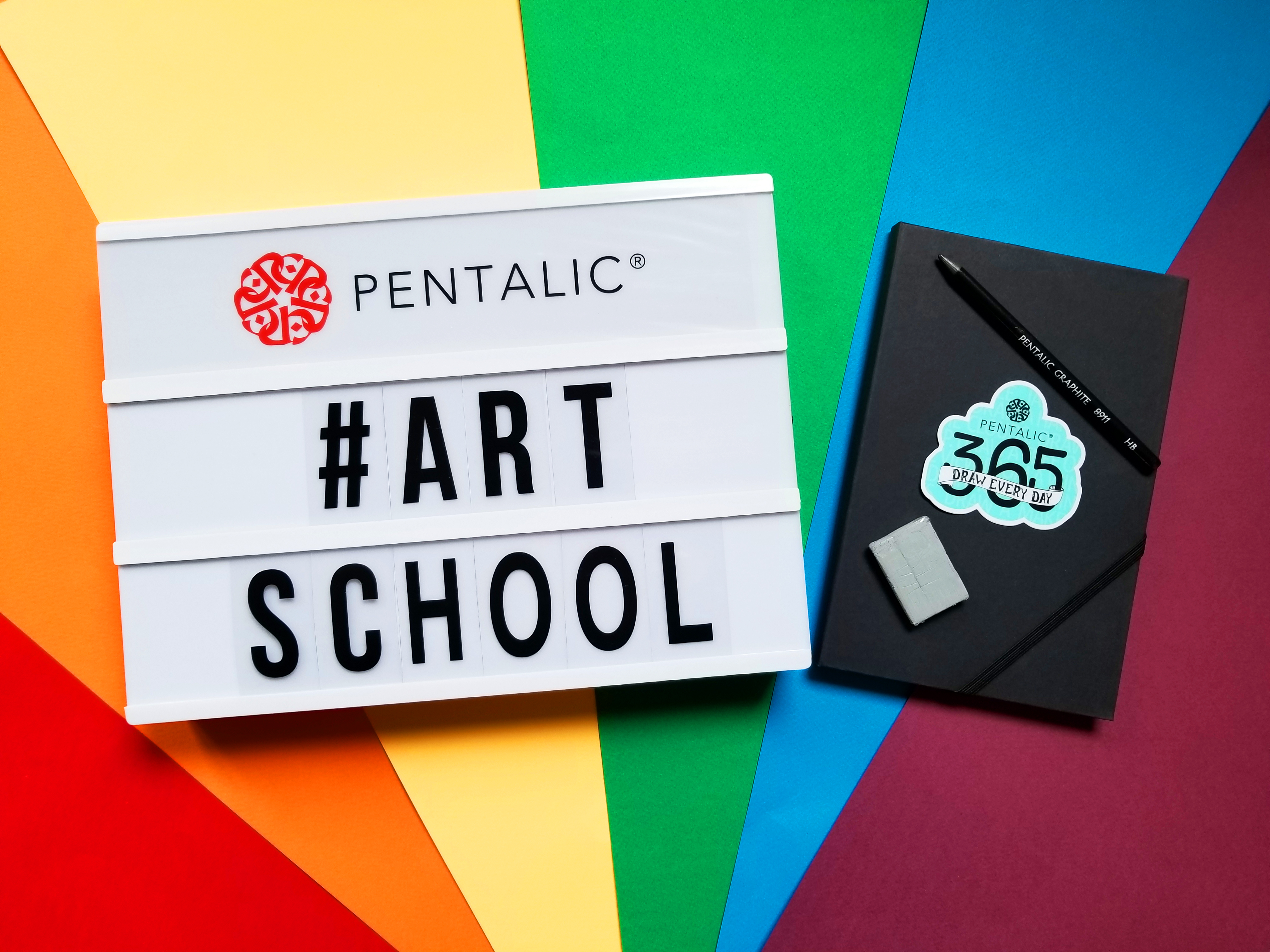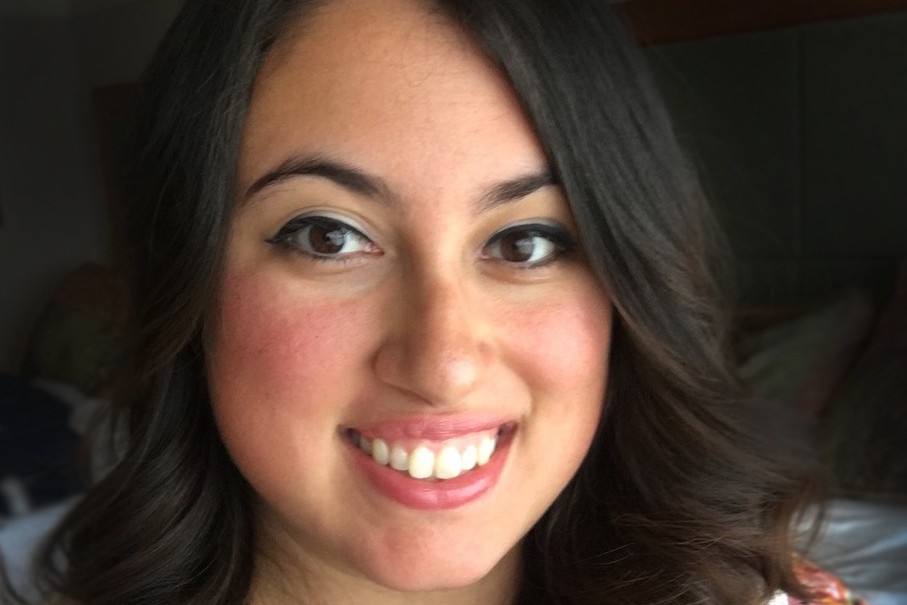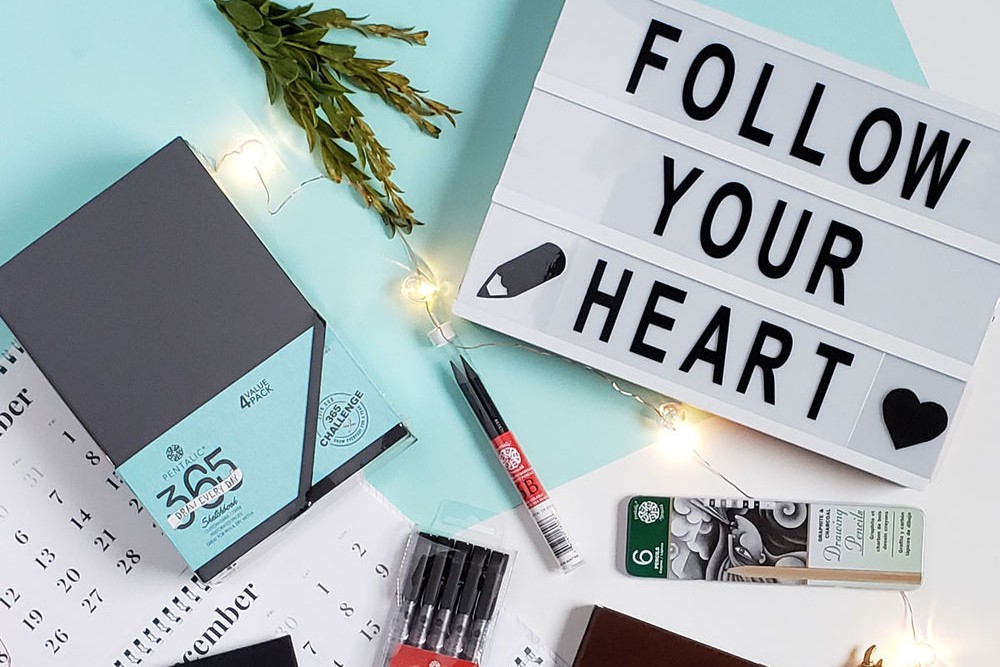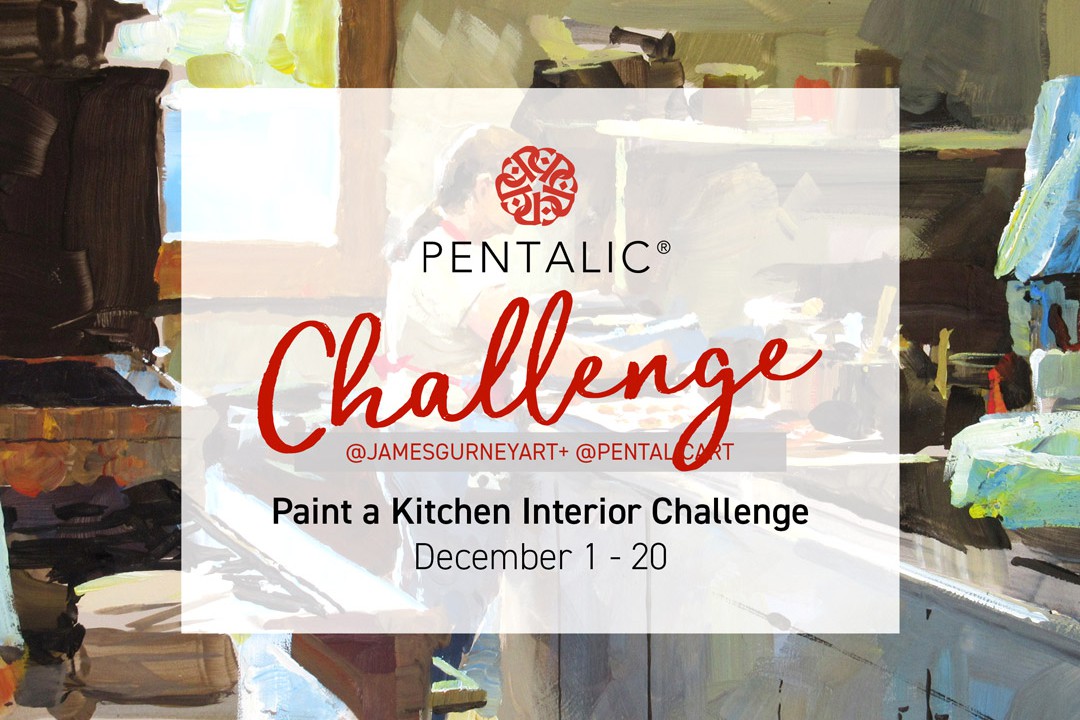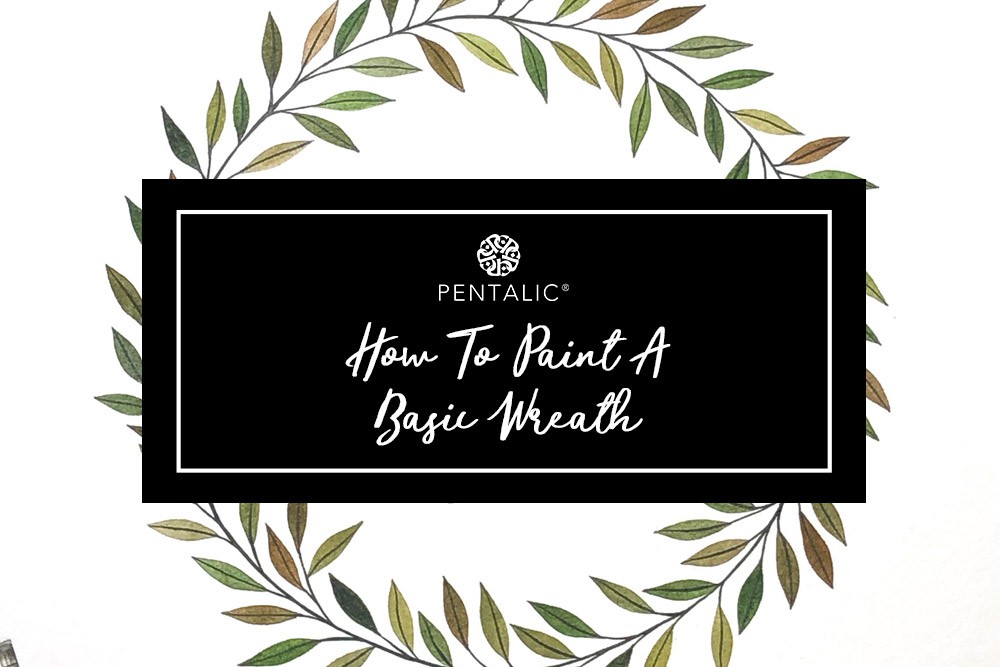Are you thinking about using gouache? Then this blog is for you! Featured artist James Gurney @jamesgurneyart shares 10 success strategies for painting with gouache on location in the latest Pentalic blog.
By James Gurney @jamesgurneyart
Gouache is a versatile and responsive medium for the on-the-spot painter. It’s fast to set up and clean up. You can take gouache anywhere, including outdoors. But it can be tricky to work with, unless you keep in mind these pointers.
1. USE BIG BRUSHES
You don’t need to buy expensive brushes. Some of my favorite brushes came from a cheap set I bought in a big-box craft store. When painting in a 5-by-8-inch watercolor sketchbook, I prefer synthetic flat brushes (3 ⁄ 4-inch and 1 ⁄ 2-inch) because they have plenty of spring, and have sharp edges that can get into small spaces. I also bring along a couple of round brushes for small details. Use big brushes at the outset. As you go along, you can use smaller brushes, but always use the biggest brush possible for any given passage.
2. LIMIT YOUR PALETTE
If you’re new to gouache, try painting with just black and white. It removes chroma and hue from the equation, so you can focus on the tonal values and behavior of the paint. When you’re ready to move beyond grisaille, focus on a simple warm-cool palette, such as Ultramarine Blue, Cadmium Yellow, Burnt Sienna, black and white. You can paint almost any picture with six colors or fewer. The fewer colors you use, the more harmonious the picture will be. Good color comes from what you leave out of the gamut.
3. KEEP YOUR PAINTS MOIST
Gouache tubes stay fresh longer if you keep them in sealed jars. In the studio, keep your paint tubes in big glass jars so that they won’t dry out. When you’re ready to paint on location, squeeze out the paint on a damp paper towel and spread it on one side of the palette. The paint will last twice as long that way. If possible, shade the palette from direct sunlight to keep it from drying out.
4. USE PLENTY OF PAINT
Gouache is expensive. But it’s important to squeeze enough out at the start. When you run out of a color, be sure to put out more. Don’t keep digging at the spot where the paint used to be (I’m guilty of doing that). Mix enough paint for each passage you’re going to paint. If you don’t, and you run out in the middle of an area, it will be harder to match the color later. Remember that gouache changes value when it dries. Darks tend to lighten and light values tend to darken. You wouldn’t want to run out of that sky color and have to mix more to match it.
5. PREPARE THE SURFACE
You can paint on plain white watercolor paper, Bristol board, illustration board or heavy gray paper. You can prepare the surface first with a color such as a tint of red, blue or yellow. I sometimes prime a sketchbook page with an abstract design, often with yellow at the center, surrounded by blue. That’s what was on a page of my sketchbook when I set up my easel in a shopping cart in my local grocery store. If you prime with gesso, casein or matte acrylic, it will reduce the paint’s absorbency, allowing it to stay wet longer.
Those priming materials also give you a sealed surface that won’t get dissolved by later wet layers. An underpainting color will influence the painting by appearing in the untouched areas, and peeking through any semi-transparent layers.
6. BE WILLING TO COVER UP YOUR DRAWING
Paint across those carefully drawn outlines. Don’t worry! You will find those lines again. Don’t just paint up to an edge; paint past an edge. Execute the preliminary drawing with the intention of covering it up. Put down a diagram of the basic construction lines and measurements. You can construct the rest with the brush. Painting a black-and-white image over a bright yellow underpainting is a good way to force yourself to cover the whole surface with opaque colors and to paint across edges.
7. PAINT FROM BACKGROUND TO FOREGROUND
Paint the whole wall of the building before you paint the windows. Paint the dark window openings before you paint the mullions. Save the tasty foreground details for the end. Lay in strokes with gusto, but be sure they’re always in perspective. Keep track of the eye level, vanishing points and a few key points, and construct forms freely with the brush. With gouache, you can always refine them.
8. THINK FIRST, THEN PLACE A STROKE
Consider a stroke before you paint it. Commit to it and leave it. Make every stroke count. Don’t scrub and leave half-dry passages alone. Let the strokes really dry before you add more. Place the wettest layers on the first pass, and use drier strokes later in the process as you build opaque colors.
9. COMBINE GOUACHE WITH OTHER MEDIA
Gouache plays well with other media. You can combine gouache with transparent watercolor, colored pencils, pastels or even collage. Because of its receptive matte finish, it will accept almost any drawing media. The matte surface also makes it photograph well. A gouache painting is fragile, though. If it’s inside a hardbound watercolor sketchbook, it will be protected. If you paint on a separate board, safeguard the surface with a plastic sleeve, a paper flap or a frame with glass.
10. PUSH THE VALUES TO EXTREMES
Gouache paintings often suffer from “middletone mumbling.” Make the shadows darker than they appear, and make the lights lighter. Try to group the light masses together and the dark masses together into two large masses. Soften and blend similar areas together to avoid finicky small details. The matte surface of gouache is receptive to colored pencils.


